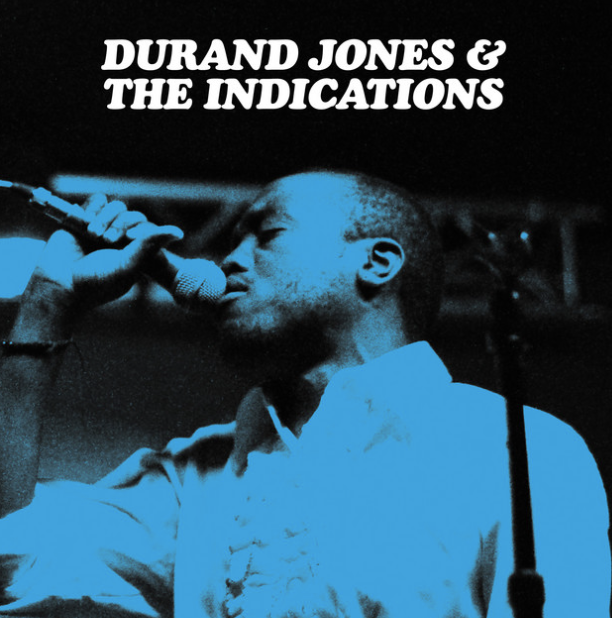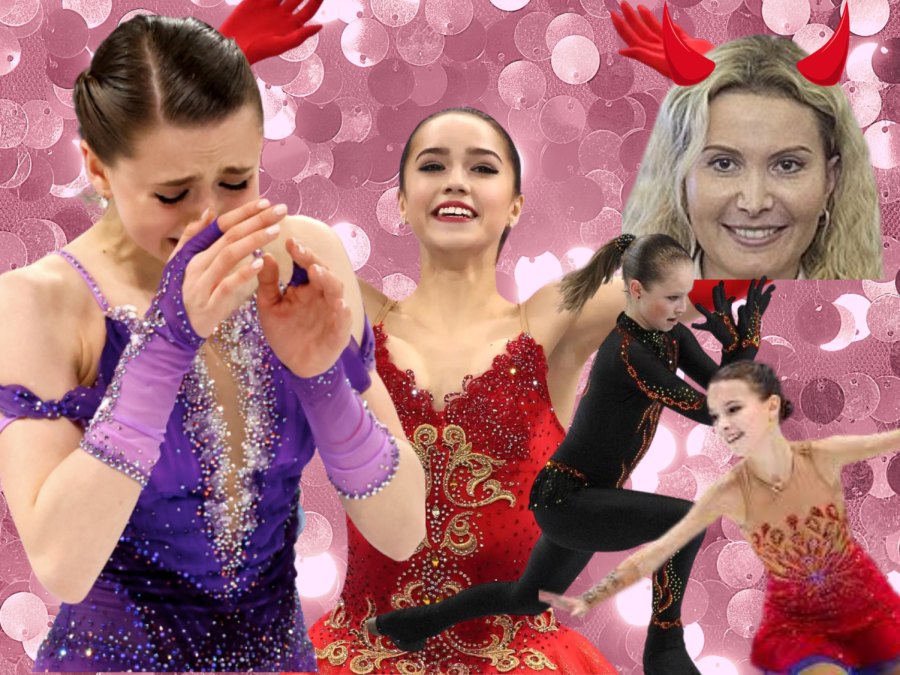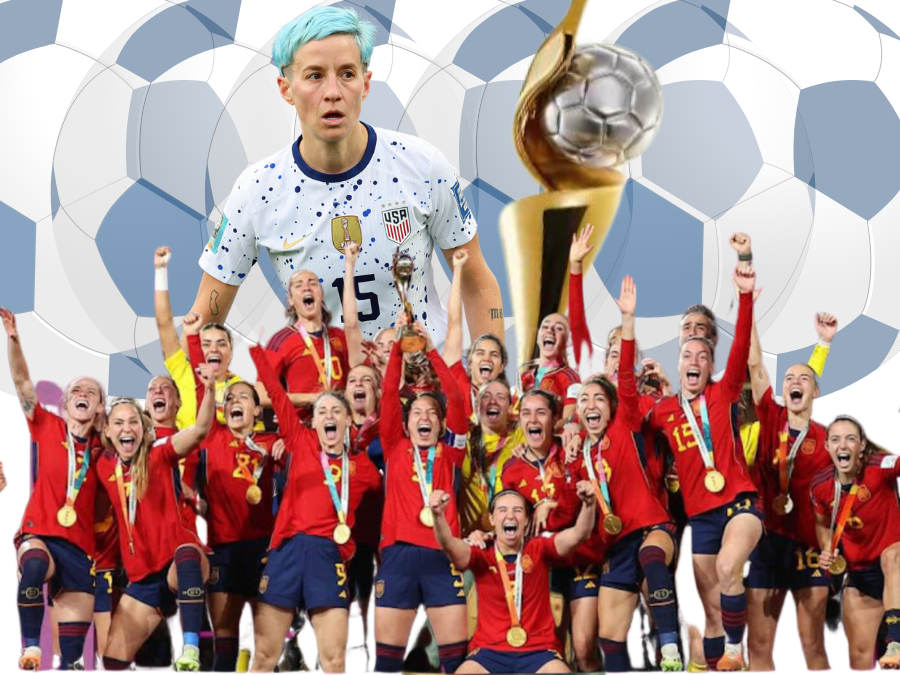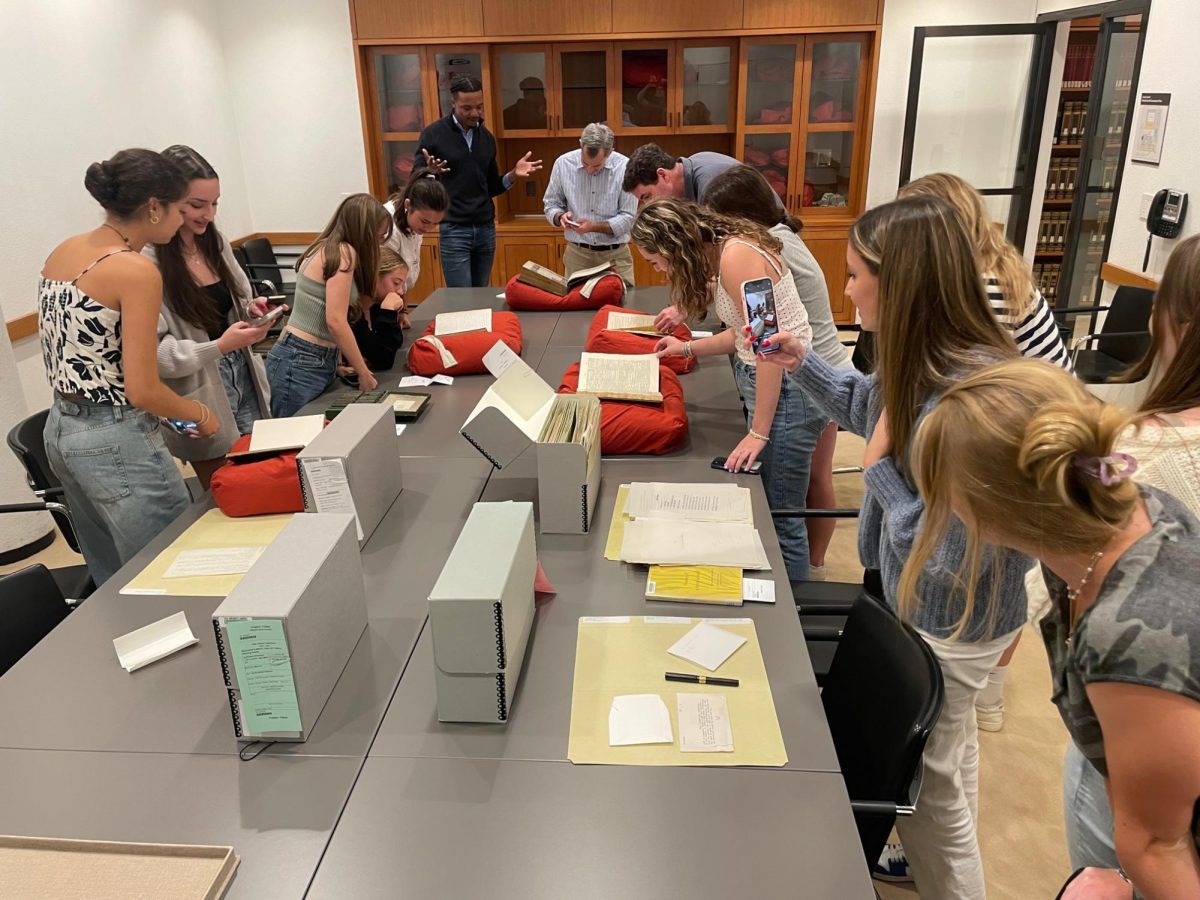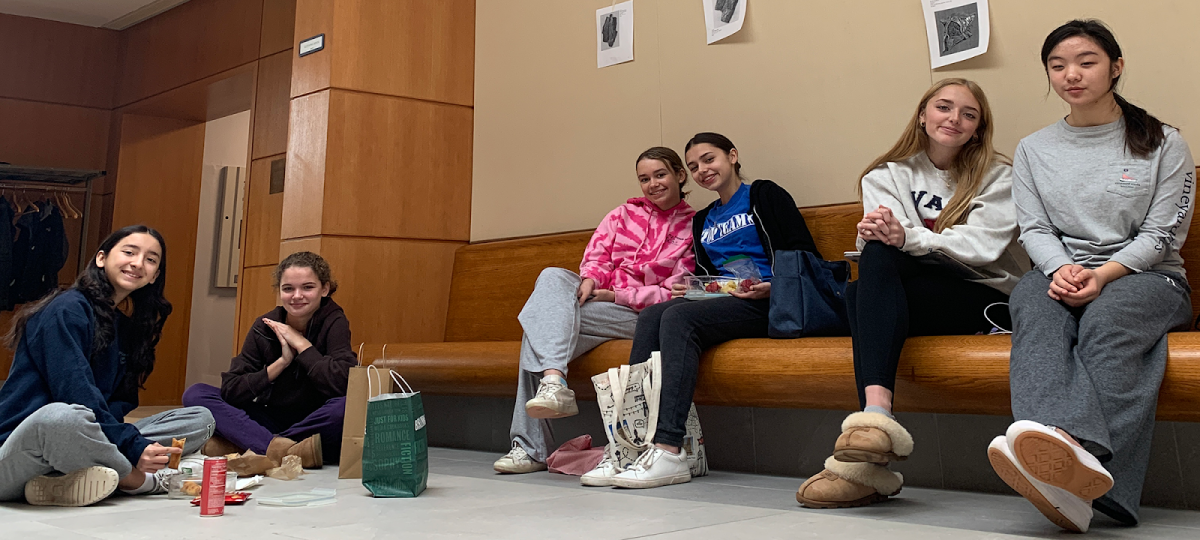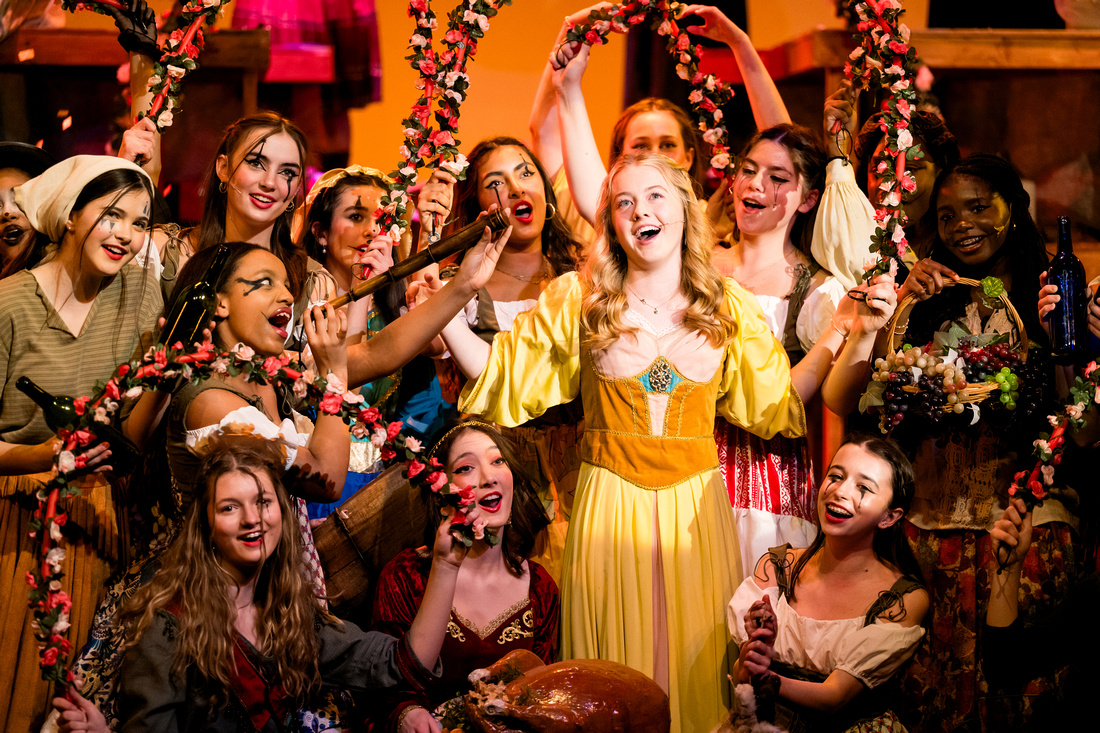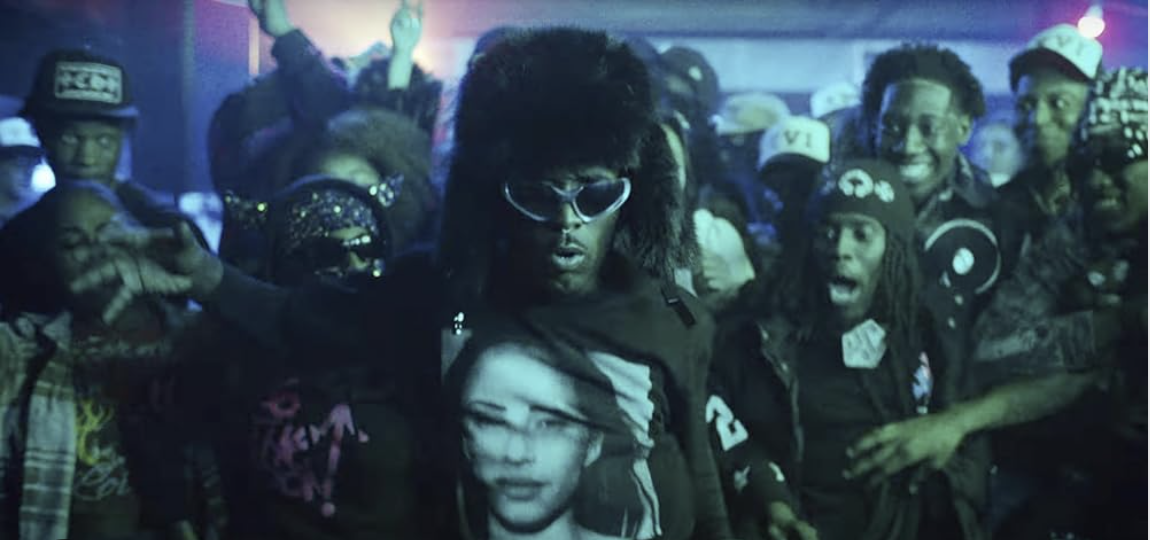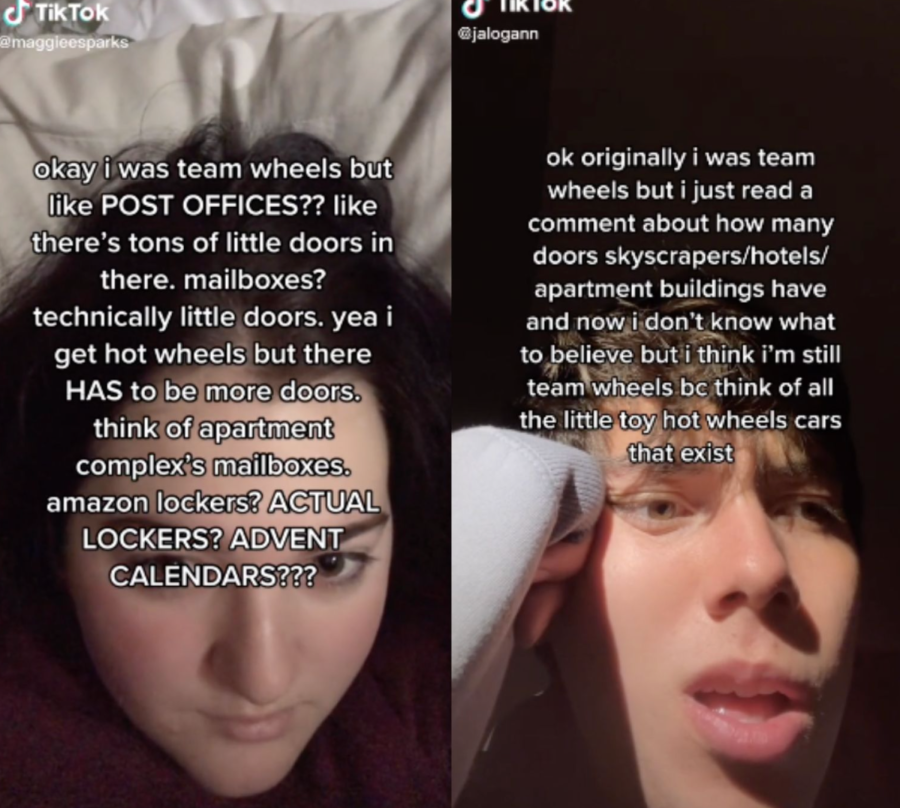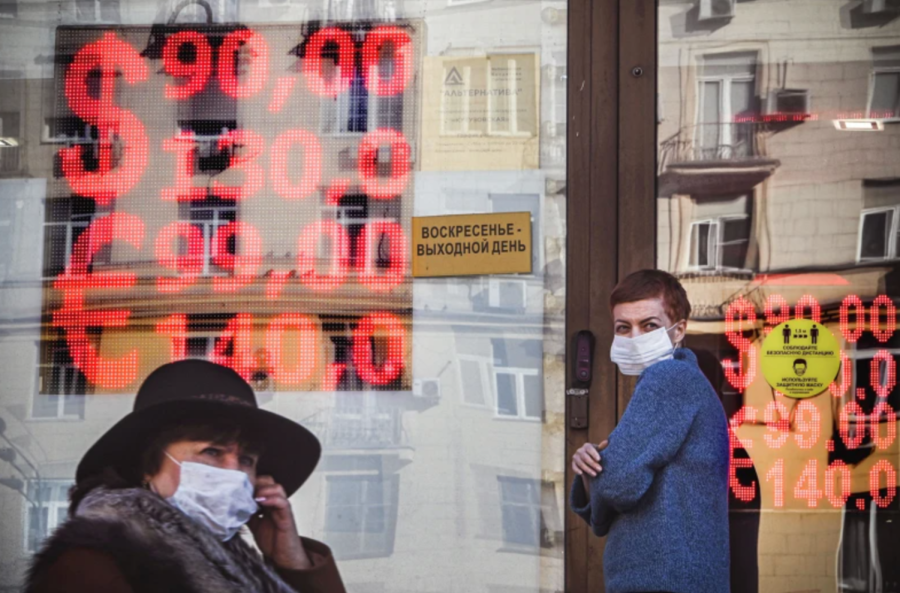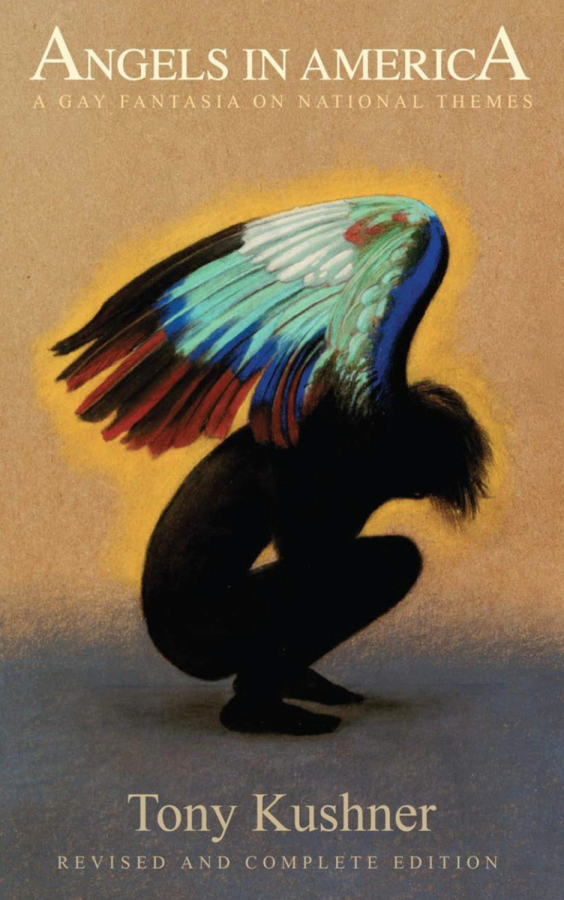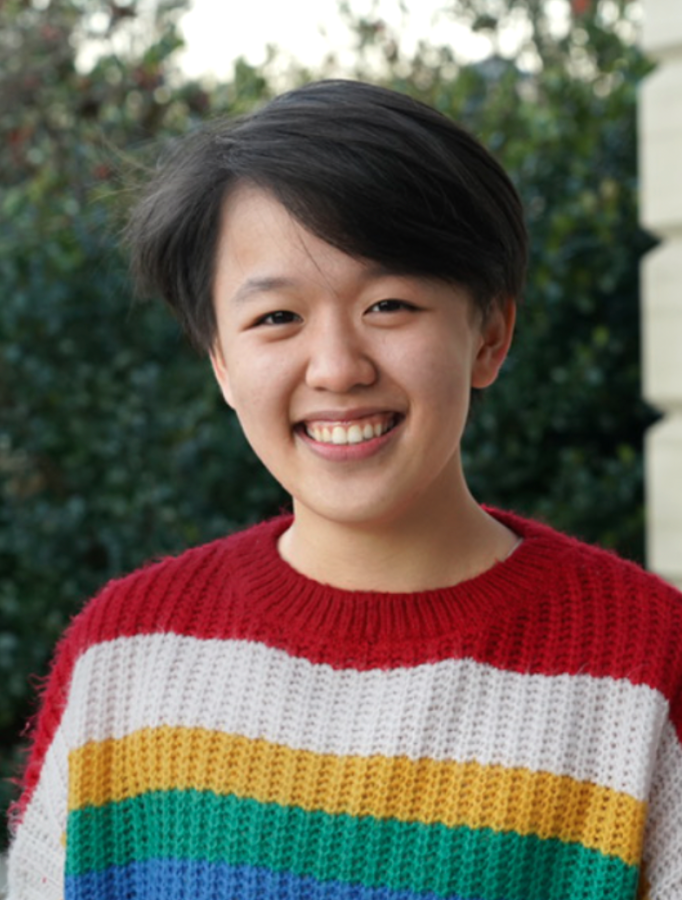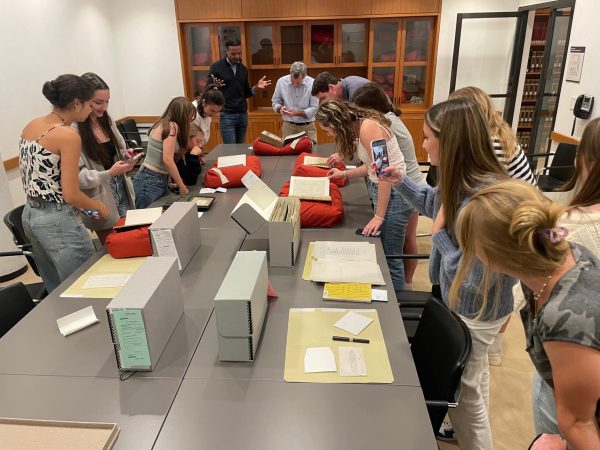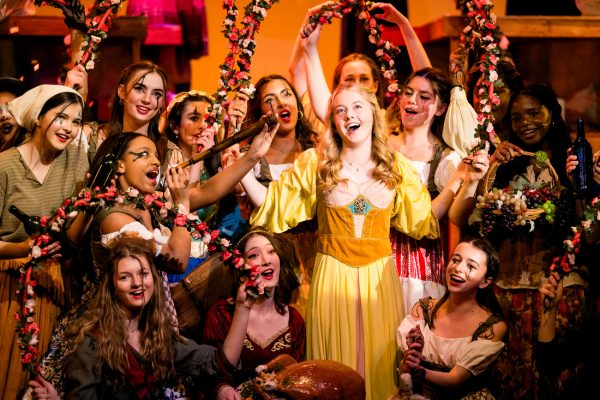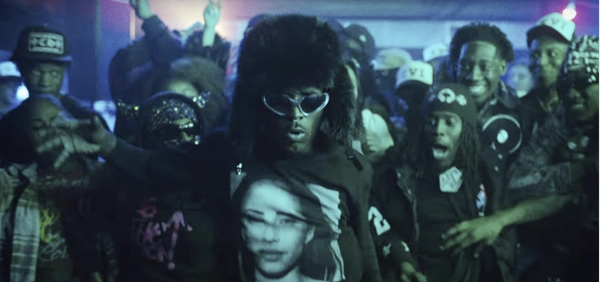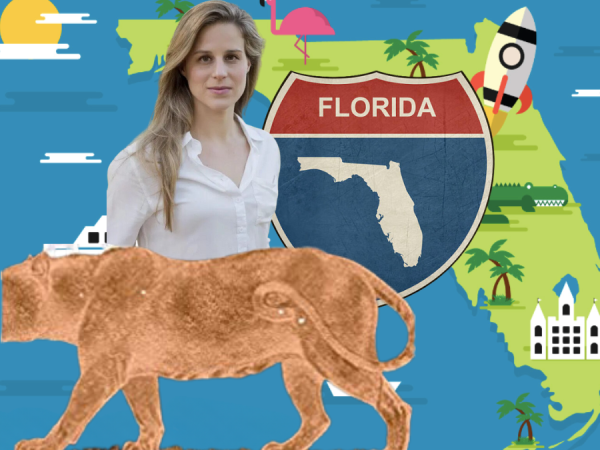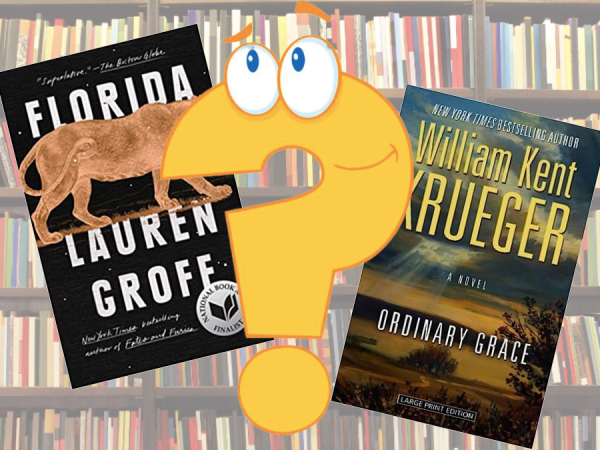‘Vanishing Half’: Wholly Satisfying
Still Working on the All-School Read? Start With This Article!
 Having the wonderful Mrs. Maliakel (English Department Chair) as an advisor, I heard about this year’s summer reading book earlier than others. When she described The Vanishing Half to my advisory, I instinctively expected it to be set in the 21st century and to have a slow, mildly interesting plotline. Much to my surprise, I opened the book to find a story set in the 1940s and 80s that was filled with layers of thought-provoking themes of family, identity, race, colorism, and so many more.
Having the wonderful Mrs. Maliakel (English Department Chair) as an advisor, I heard about this year’s summer reading book earlier than others. When she described The Vanishing Half to my advisory, I instinctively expected it to be set in the 21st century and to have a slow, mildly interesting plotline. Much to my surprise, I opened the book to find a story set in the 1940s and 80s that was filled with layers of thought-provoking themes of family, identity, race, colorism, and so many more.
A quick (and hopefully unnecessary) summary of The Vanishing Half by Brit Bennett:
Desiree and Stella are twin girls who grow up in the mid-twentieth century in the small town of Mallard, Louisiana. The girls run away in their teens and eventually go their separate ways. Desiree marries Sam, a dark-skinned man, and has a daughter, Jude. Desiree escapes her abusive marriage to Sam and returns to Mallard with Jude, who is bullied for her dark skin. Stella poses as white and marries a white man named Blake, with whom she has a daughter, Kennedy. Jude attends UCLA and meets her boyfriend, Reese. Jude runs into Stella, and eventually, after Jude forms a friendship with Kennedy, Stella briefly returns to Mallard. The family reconnects, though Stella returns to her life with Blake.
The novel isn’t easy to summarize, and I feel this is due to all the complexities that come with the detailed plot, characters, and motifs. The Vanishing Half emphasizes the colorism that is prevalent in almost every community. Mallard’s founders made a point of establishing a town full of only light-skinned Black people. The twins grew up acknowledging that their lighter skin tone made their lives relatively easier compared to others in the Black community. Stella so much so, in fact, that she chooses to live as a white woman. Conversely, Desiree is repulsed by the values that Mallard promotes, and marries a dark-skinned man.
Another character I found especially compelling was Reese. Though he serves a minor role in the overall plot, Bennett highlights the intersectionality of Reese’s identity as a transgender Black man. The Stonewall riots for LGBTQ+ rights took place in 1969 and were led by Black transgender women. In the 1980s, Reese struggles with gender dysphoria and his relationship with Jude as they both saved money for his gender-affirming surgery. Bennett demonstrates through Reese’s character the way political and social movements intertwine and impact people’s lives in uniquely meaningful ways.
I was originally unhappy with the lack of a very satisfying, long-lasting family reunion at the conclusion of the novel. With Stella leaving Mallard before the death of her mother, I was briefly lost on the message of the story. Why did Stella return to living as a white woman? After rereading and reflecting, I feel that Stella recognized the life she chose for herself was not one she could abandon. She committed to her white persona the minute she left the town of Mallard. As the rest of the family leaves the small town, they move on from the burdens of Mallard’s toxic environment.
In my opinion, the most interesting question The Vanishing Half raises concerns how much of one’s identity can be chosen. Desiree embraces her Black identity, Stella turns her back on her past, Jude is bullied for her dark skin in Mallard, and Kennedy grows up believing she is entirely white. What makes a person white, Black, or biracial?
The Vanishing Half made me reflect on what identity can mean for every individual person. It was shocking yet believable how flexible race was for the twins to manipulate. It does a beautiful job of telling a complicated and imperfect story, and I’m grateful to have been able to read and write about it.

When not writing or editing for GAP, Joyce can be found reading, sleeping, and spending time with her friends. She enjoys the humanities and has an uncountable...




